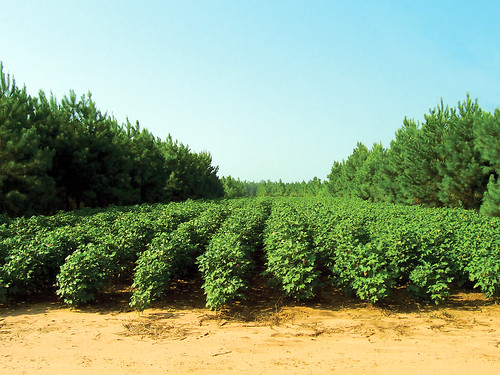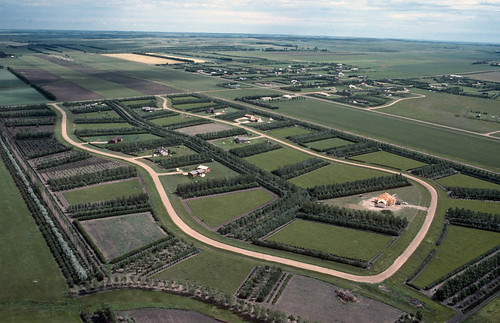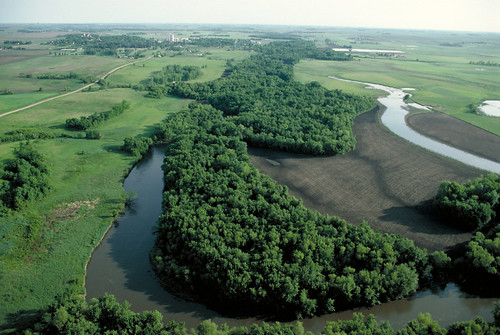Much of the beauty in American agricultural landscapes is complemented by the trees in those landscapes. We depend on these tree’s products every day–from the paper our children use in school, to many of the fruits we eat, the wood burning in our fireplaces, and the wildlife habitat created by those trees and forests.
Forests are vital to our economy, as well. Trees are part of forest ecosystems that play a critical role in our livelihoods, providing environmental, economic and social values. Agroforestry practices support agricultural production and help improve water quality and air quality, soil health, and wildlife habitat. These working trees can also grow fiber, food, and energy. And with the U.S. Census Bureau projecting a population surge to nine billion by 2044, forests and agroforests can help meet the growing demands for food, shelter, medicine, and recreation.
Private landowners, including farmers and ranchers, are in a great position to help conserve and protect our trees and forests. Private landowners own more than half of the woods and forests in the United States, with many of them as part of a farm or ranch. Landowners are increasingly using agroforestry to add trees to their landscapes or improve the health of their forests. Agroforestry allows landowners to intentionally grow trees and shrubs with crops and/or animal farming systems, which creates a more diverse agricultural operation and helps to boost their profits.
So as we celebrate National Forest Products Week, we are highlighting five popular agroforestry practices that produce a diverse set of forest products while benefiting your land, your pockets, and wildlife:

1. Silvopasture is an important system to help landowners diversify their operations and their income. This system combines trees with a livestock operation by managing forage, livestock, and trees on the same acre. Silvopasture systems provide shade and shelter for livestock, while benefiting forage production. This combination can also bring in extra income from timber products, Christmas trees, or recreation.

2. Alley cropping grows crops between maturing trees, called alleyways, for annual income. Like silvopasture, this system also diversifies operations by creating both annual and long term income streams. It also can protect crops, improve water quality, improve nutrient utilization, and store carbon.

3. Windbreaks are plantings of single or multiple rows of trees, shrubs or both, that shelter crops, soil, animals, homes, and people from wind, snow, dust, or odors. These systems save energy and can cut home heating costs. Windbreaks also help net big gains in carbon storage, improve income by increasing crop yields, and protect livestock from heat and cold stress.

4. Forest farming is growing and protecting high-value specialty crops under the forest canopy, which is adjusted to the correct shade level the crops prefer. This is done by thinning an existing forest to leave the best canopy trees for continued timber production while creating the best conditions for the understory crop. Non-timber forest products grown using forest farming methods don’t just provide an additional source of income, they also help conserve the species in our landscapes.

5. Riparian forest buffers are natural or established trees, shrubs, and grasses situated next to rivers, streams and lakes that help enhance and protect aquatic resources by filtering farm runoff and preventing erosion. Buffer areas can also support wildlife habitat, produce crops, improve water quality, and reduce flood damage.
Agroforestry practices serve many beneficial purposes and landowners are rolling up their sleeves to work with USDA’s National Agroforestry Center and partners across the country to add trees to agricultural landscapes, enhancing conservation outcomes while sustaining their farms, ranches, and homes.
